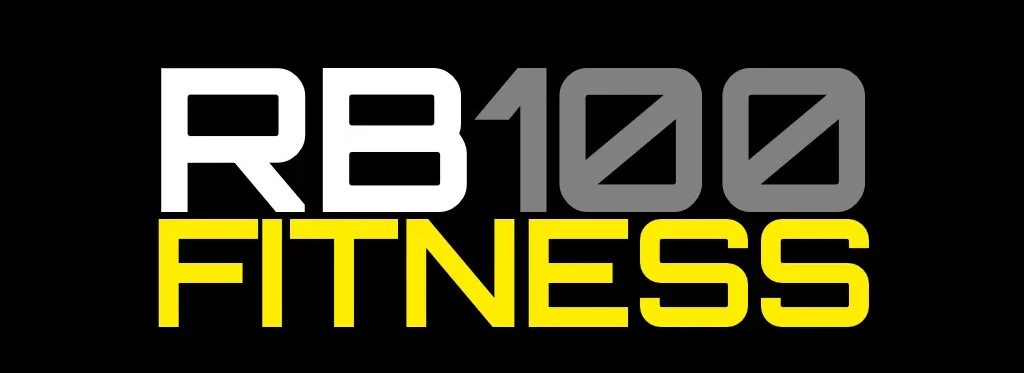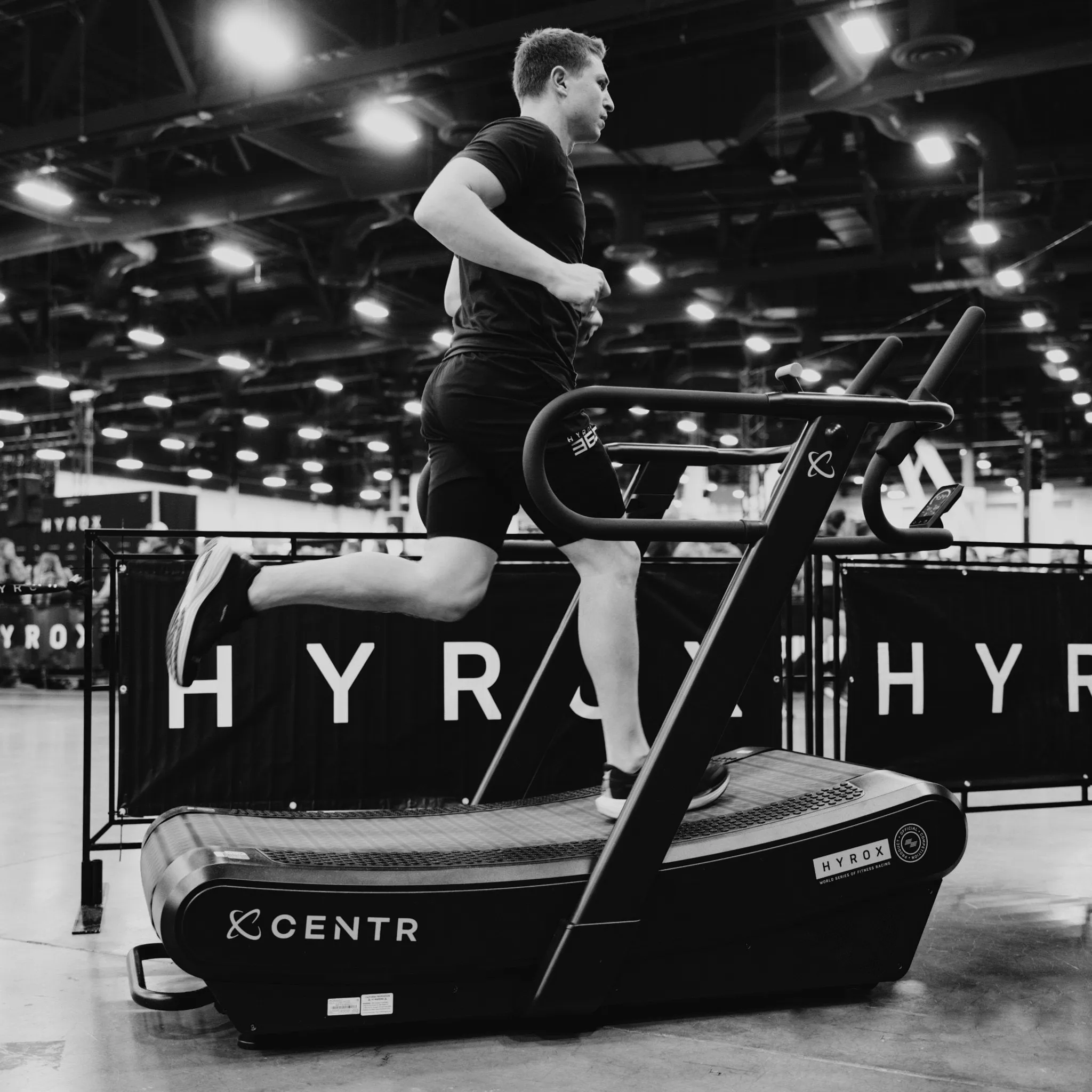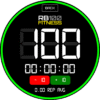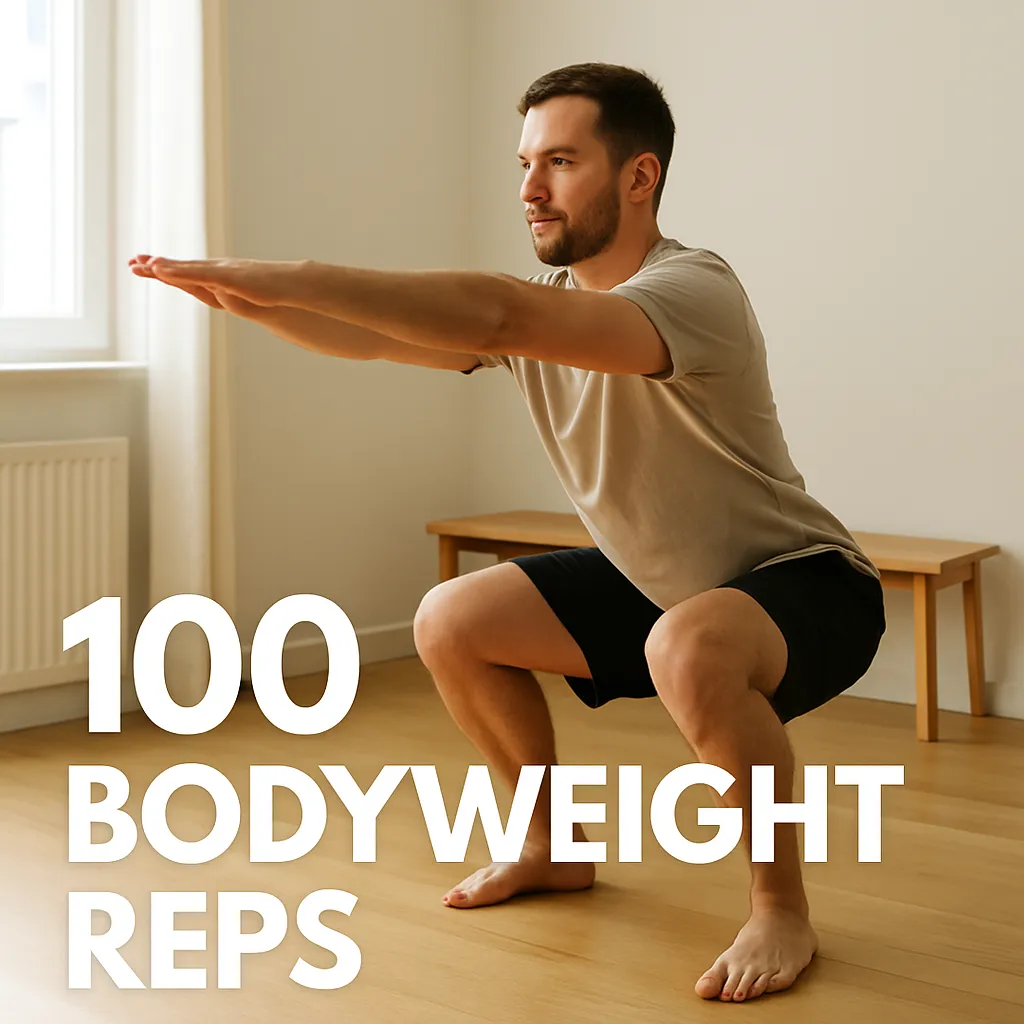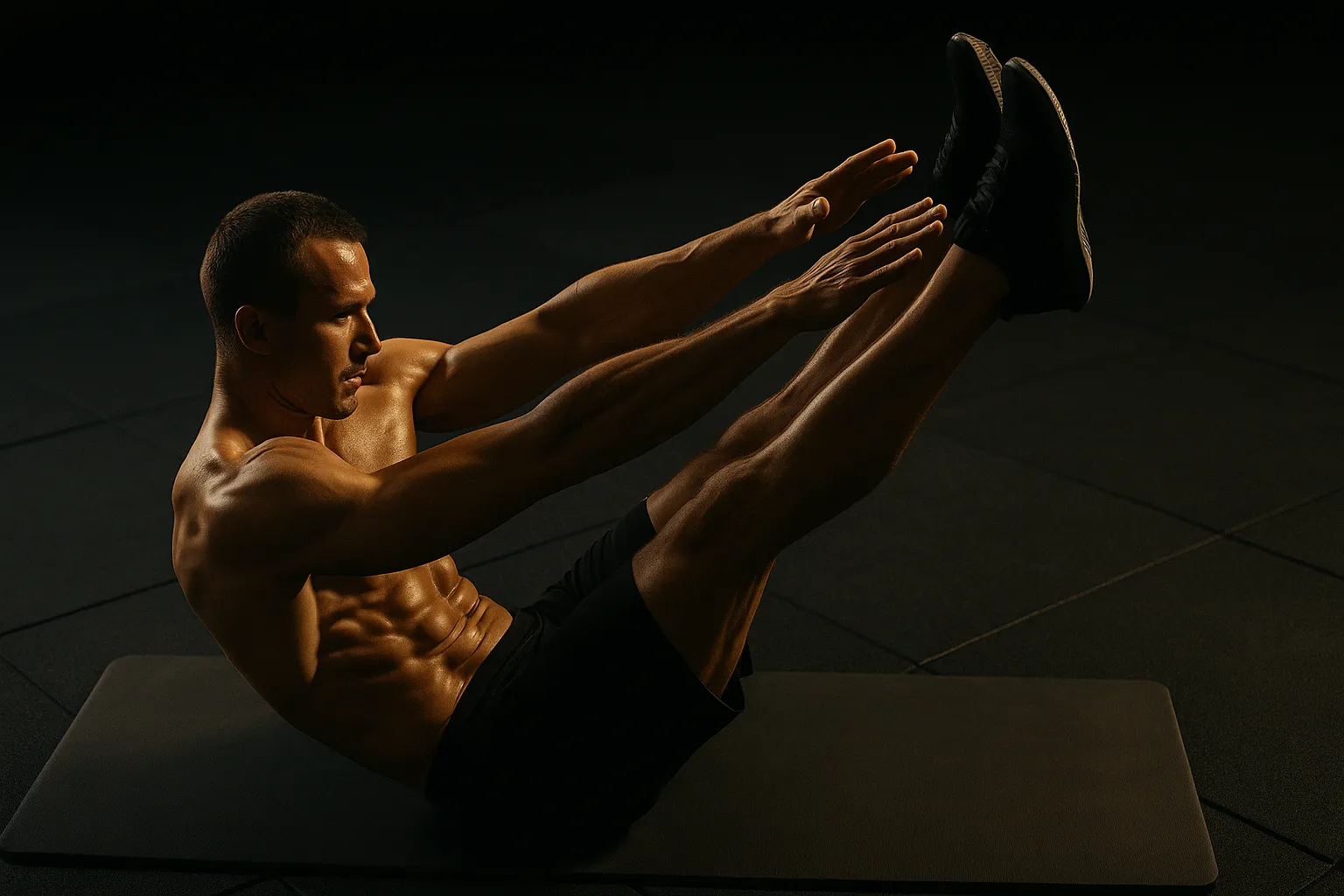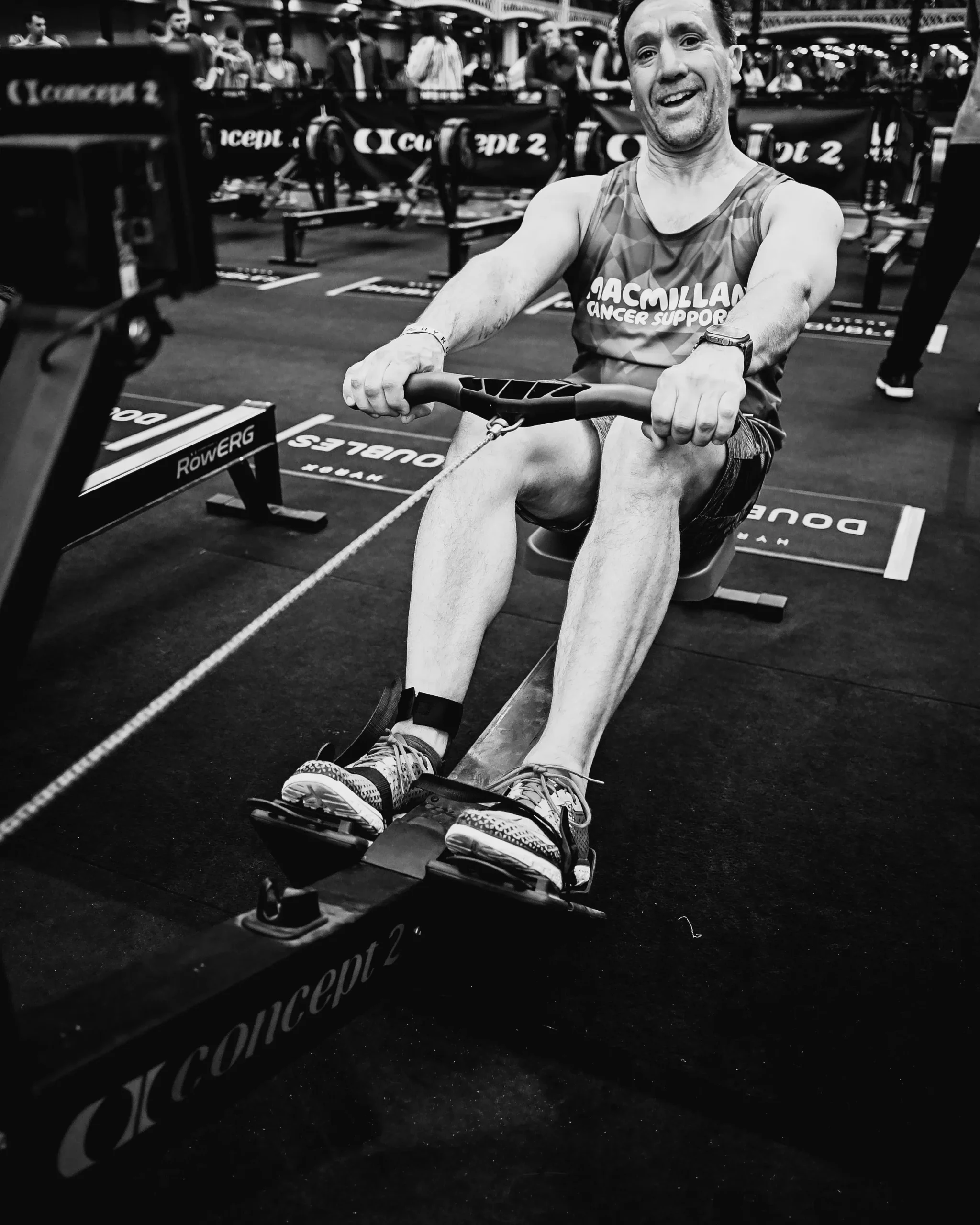Introduction: The Foundation of Performance
Every HYROX athlete wants to go faster. But before speed comes capacity the aerobic base that fuels everything from sled drives to wall balls.
Zone 2 training is how you build that foundation. It enhances recovery, increases efficiency, and helps you maintain pace through all eight 1 km runs.
“Zone 2 doesn’t slow you down it’s what allows you to go fast for longer.”
— RB100.Fitness
What Is Zone 2 Training?
Zone 2 refers to low-intensity cardio that keeps your heart rate in the range where your body primarily burns fat for fuel.
This builds mitochondria the “power plants” of your muscles improving endurance and recovery between stations.
Typical Heart Rate Range:
- 60–70% of your max heart rate
- Men: 120–145 bpm
- Women: 110–135 bpm(or the point where you can breathe through your nose and still hold a conversation)
Linked reading: HYROX Running Engine: How to Hold Pace Across 8×1 km

Why Zone 2 Matters for HYROX
HYROX is a long, sustained effort 60 to 90 minutes of alternating cardio and strength. Without a strong aerobic base:
- Your heart rate spikes too early.
- Recovery between stations slows.
- You lose time transitioning between runs.
Zone 2 training builds the engine capacity to maintain performance even when fatigue sets in.
Benefits include:
- Improved oxygen utilisation (VO₂ efficiency)
- Faster lactate clearance
- Better recovery between training sessions
- Lower perceived exertion at race pace
How to Find Your Zone 2
There are three reliable methods:
- Heart Rate Method:Calculate 70% of your max HR:
- Men: (220 − age) × 0.7
- Women: (226 − age) × 0.7
- Talk Test:You can speak full sentences without gasping.
- Maffetone Formula:180 − your age = upper limit of Zone 2 heart rate.
Example: A 35-year-old athlete’s Zone 2 range ≈ 125–135 bpm.
Programming Zone 2 for HYROX
Your aerobic base doesn’t require massive volume it requires consistency.
| Session Type | Duration | Frequency | Example |
|---|---|---|---|
| Short Session | 30–40 min | 1–2× per week | Easy row, jog or Assault Bike |
| Long Session | 60–90 min | 1× per week | Steady treadmill or outdoor run |
| Active Recovery | 20–30 min | Optional | Brisk walk or light cycle |
Aim for 2–3 Zone 2 sessions weekly.
They can be performed on recovery days or after strength training for aerobic conditioning.
Linked reading: Periodisation for HYROX: Structuring Your Training Year
Sample Zone 2 Workouts
1. Steady-State Run (45 minutes)
- 10 min warm-up
- 30 min continuous run at 125–135 bpm
- 5 min cooldown
2. Mixed Modal Endurance (60 minutes)
- 20 min Row @ Zone 2
- 20 min Bike @ Zone 2
- 20 min SkiErg @ Zone 2
3. Zone 2 + Strength Hybrid
- 5×(5 min easy run + 5 sled pushes @ light load)
- This blends aerobic efficiency with movement control — ideal for mid-phase training.
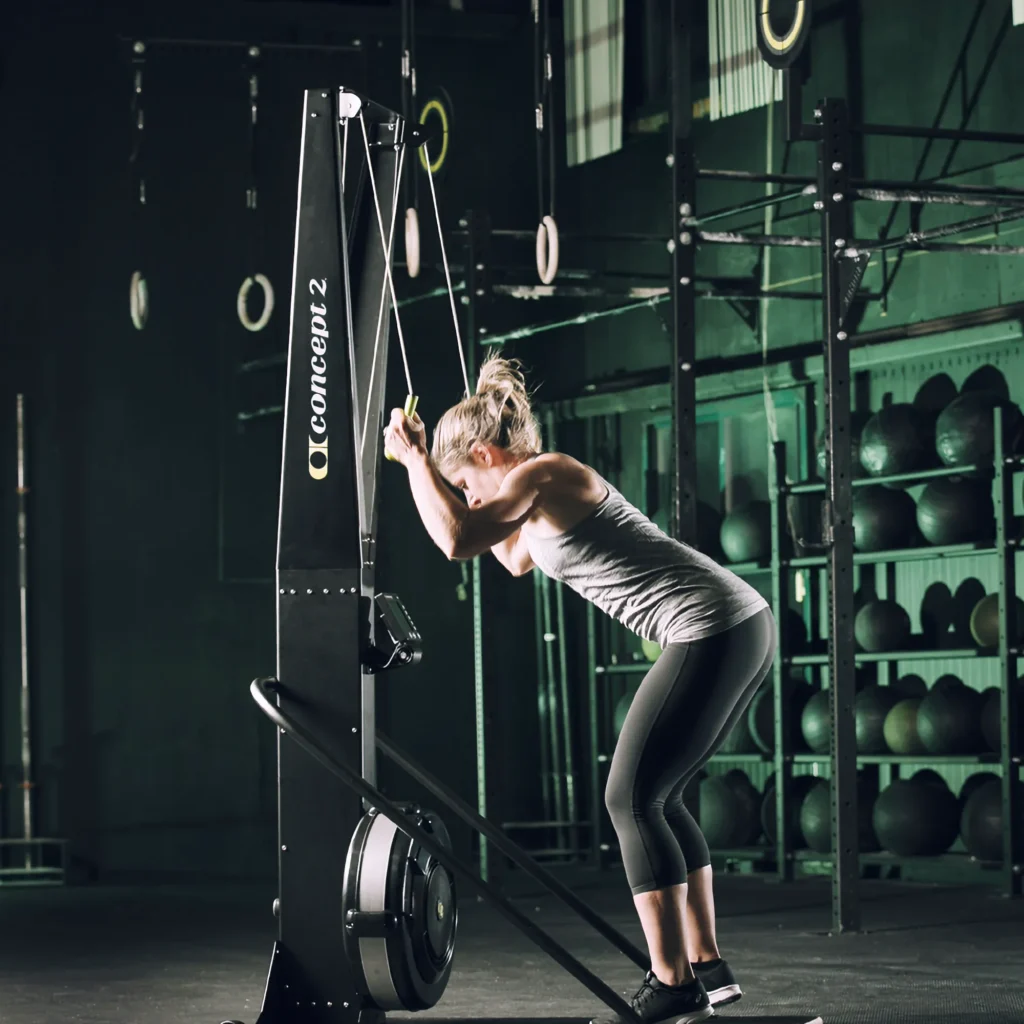
How Zone 2 Supports Race Pacing
Zone 2 training helps you stabilise heart rate drift the slow rise in effort that occurs over long durations.
The result: you can sustain your HYROX race pace (roughly Zone 3–4) longer before redlining.
It also enhances active recovery between stations, allowing faster breathing and composure after heavy sleds or wall balls.
“Zone 2 is where you earn the right to push harder.” — RB100.Fitness
Common Mistakes
| Mistake | Problem | Fix |
|---|---|---|
| Going too hard | Drifts into threshold zone | Keep HR < 70% max |
| Too infrequent | No adaptation | Minimum 2×/week |
| Poor posture | Inefficient breathing | Relax shoulders, nasal breathe |
| Ignoring hydration | HR spikes prematurely | Drink 400–600 ml/hr |
Integrating Zone 2 into Your Plan
For balanced programming, include:
- 1× long Zone 2 session1× short Zone 2 recovery
- 1× threshold or interval workout
- This ratio maintains your engine while sharpening race-specific speed.
For full structure, see Weekly Engine Builder: The HYROX Cardio Template
Summary: Slow Work That Builds Fast Results
Zone 2 training doesn’t just make you fitter it makes every other session count.By training your aerobic system deliberately, you’ll recover faster, run smoother, and sustain intensity across the entire course.
“Endurance isn’t built in red zone it’s built in Zone 2.” — RB100.Fitness
Standardised format worldwide: 8 runs, 8 stations
- Longest race segment: 8×1 km
- Aerobic efficiency = race-day consistency
